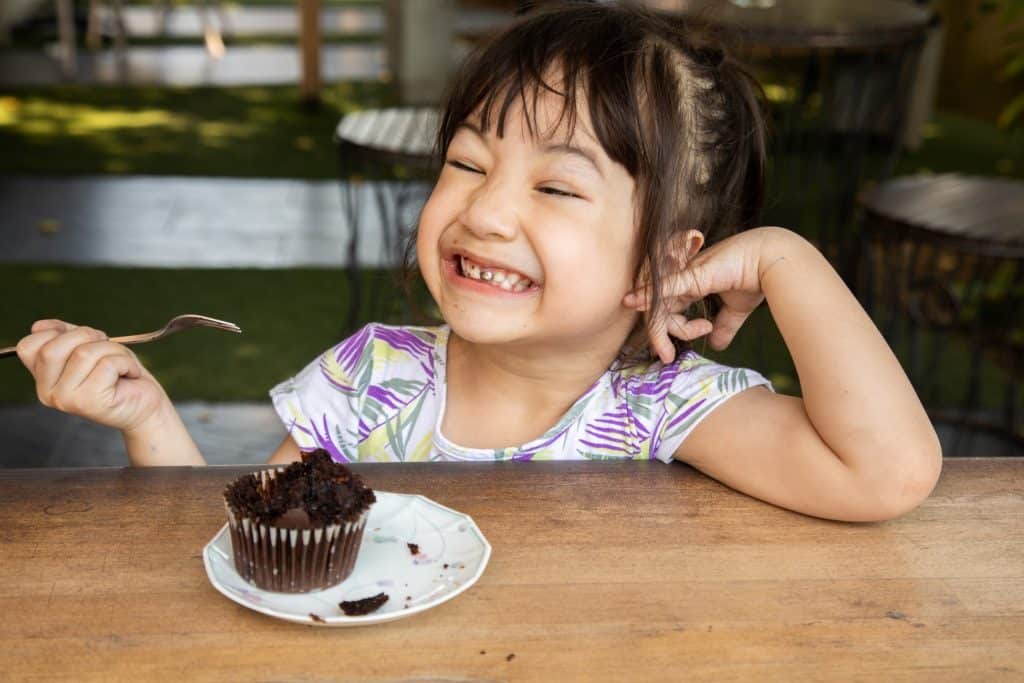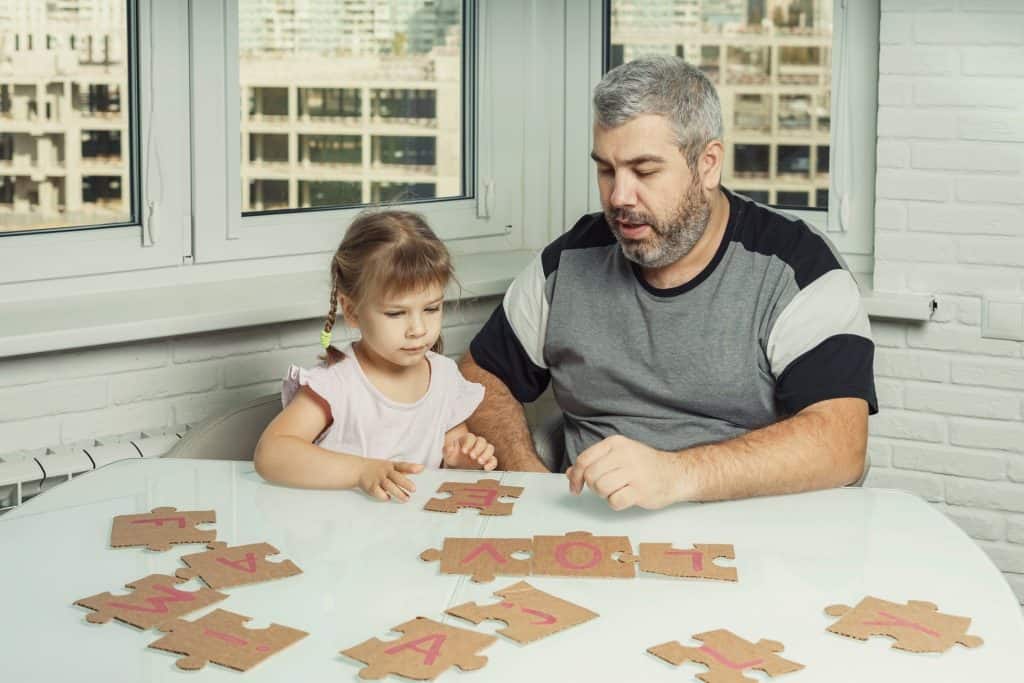As children grow, they often become more curious about the world around them. They seek out ways to explore their surroundings and further engage their minds, but sometimes this behavior can endanger your child – especially if they have yet to hit the right developmental milestones.
Will it ever be safe for a 3-year-old to play outside alone?
With child safety as your priority, we cannot, in good conscience, recommend letting your 3-year-old play outside alone. At that developmental stage, your child would be unlikely to possess the cognitive skills necessary to safely handle independent playtime.
You also have to consider your district’s safety – if you’re living in a rough neighborhood with high crime rates, letting your child play outside alone would be a recipe for disaster!
Even if you carefully manage the circumstances to ensure that it’s safe for your child to play outside alone, onlookers may end up reporting you for perceived child neglect. This could bring Child Protective Services to your doorstep and turn into a legal nightmare.
Unfortunately, it’s not safe to let your 3-year-old play outside alone. We’ll go over why that’s the case down below, along with clarifying all the factors you need to address before you can even begin to entertain the idea of independent playtime for your little one.
Average Developmental Milestones of a 3-Year-Old

At the age of three, children undergo a ton of cognitive development. While this puts them in a position to learn many skills and concepts, it won’t be enough to allow independent playtime.
3-year-old children are typically able to speak in short but understandable sentences. They can respond to basic inquiries and retain stories, songs, and games. These children also engage with their imaginations through pretend play, and ought to have a rudimentary grasp of social norms that allow them to play and share toys with others.
Unfortunately, that’s not enough to let them safely play outside. Children at this age still lack critical thinking skills, have poor-to-mediocre impulse control, and can easily be swayed by perceived authority figures. The absence of supervision would exacerbate these dangers, which is why it’s a very bad idea to let your 3-year-old child play outside on their own.
Is Your Neighborhood a Safe Place for Them?

Being able to let your child play outside alone hinges on some factors outside of your control, with the most immediate consideration being the safety of your local area.
If you don’t feel safe in your community, it’s inadvisable to let your child play outside on their own, regardless of their age or maturity level.
Figuring This Out
The first thing you need to check is the statistics for local crime rates, which are easy to find with the aid of online resources like City-Data. The information here may be daunting, but it’ll give you a general idea of how your neighborhood’s safety measures up. If your community has a high incidence of violent crimes, it won’t ever be safe to let your child play outside alone.
That said, you can also gauge your neighborhood’s safety from the general “feel” of it. Walk around the block for a couple of hours and keep an eye out.
How’s the local infrastructure held up – are they being maintained properly? Do you see pedestrian-friendly streets or bike lanes being put to use?
Well-maintained roads and sidewalks are a great sign and make for less of a tripping or injury hazard for members of the community. If you’re seeing other kids or teens walking around the block without supervision it means that the local residents feel welcome in their neighborhood!
Observing the behavior of stray animals in a neighborhood can provide valuable insights into the community’s character. Friendly and inquisitive animals that readily approach strangers are often indicative of a welcoming environment. Aggressive or fearful animals would indicate just the opposite – those animals likely have good reasons behind why they act that way.
Outsider Perceptions of Neglect
Another problem with letting your child play outside alone is bystander perceptions, which can even end up in cases of bystander intervention.
People in the area may see your child playing outside alone and assume the worst of their parents. They may confront you about what they see or even bring it to the attention of the local police. In extreme cases, they may even bring this up to Child Protective Services.
Letting your child play outside alone can easily be construed by onlookers as a sign of neglectful parenting. Having to defuse such accusations can stress parents out, and there’s a good chance you’ll have to deal with this multiple times if you fail to inform your neighbors beforehand.
As a parent, it’s important to remember that you have the authority to make decisions concerning your household. Although onlookers may provide their insights based on what they see, it’s essential to recognize that their perspective on your child’s life is limited. Don’t let them pressure you into working with their preconceived notions of “good parenting”.
A Compromise: Guided Playtime

Unfortunately, there’s no way you can let your 3-year-old safely play outdoors alone. Even if they somehow possess the critical thinking skills needed for independent playtime that early on, they’d still be extremely vulnerable to people with ill intentions or even their own poor impulse control. Incorporating safe play into a 3-year-old routine is vital, and supervision is non-negotiable at this stage of your little one’s life.
A good compromise here is guided playtime, which is simply playtime that has children take the lead while adults help facilitate the exploration of their surroundings. This type of interaction allows the child to exercise their natural curiosity in safe, supervised conditions.
The goal of guided playtime is to provide opportunities for children to discover and learn things through their own initiative. It’s also crucial that the guiding figure provides the child with plenty of encouragement and support to help them build their competence and confidence.
Successful guided playtime is all about engaging with your child’s imagination and can be done in several different ways. We’ll be going over a few standout options down below.
- Creative, open-ended toys (i.e. Legos, molding clay)
- Interactive pretend play (i.e. dolls/action figures)
- Challenging puzzle games (i.e. Jenga, Tetris)
Allowing a 3-year-old child to play outside unsupervised is pretty risky – it’s much better to engage in guided playtime sessions instead. Engaging in this type of play will incite your child’s natural curiosity, bolster their creativity, and enhance their critical thinking skill, gradually preparing them for independent playtime down the line.
Final Thoughts
Your 3-year-old child won’t be ready for unsupervised playtime outside – it’s unlikely that their cognitive development has reached a level where independent play is safe. Independent play also depends on factors like neighborhood safety, and even if it’s perfectly fine to leave them, outsiders may mistake independent playtime for neglectful parenting.
We strongly suggest prioritizing guided playtime over independent playtime. Adult-facilitated playtime will be a safe and effective way to help your child develop critical life skills.